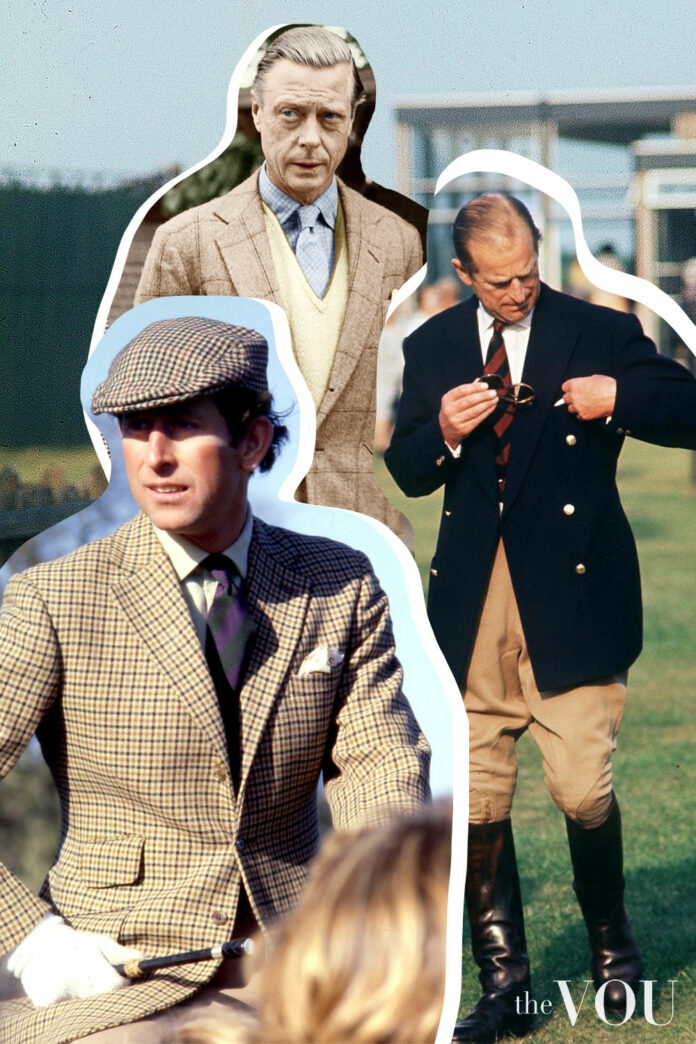Unless you were born into a privileged family, you will never be an aristocrat.
That is just the way that it is; no matter how hard you try to emulate the style and behaviour of noblemen.
But if you are, for some reason, a part of a society where you meet with top-class people, then you must be familiar with their lifestyle.
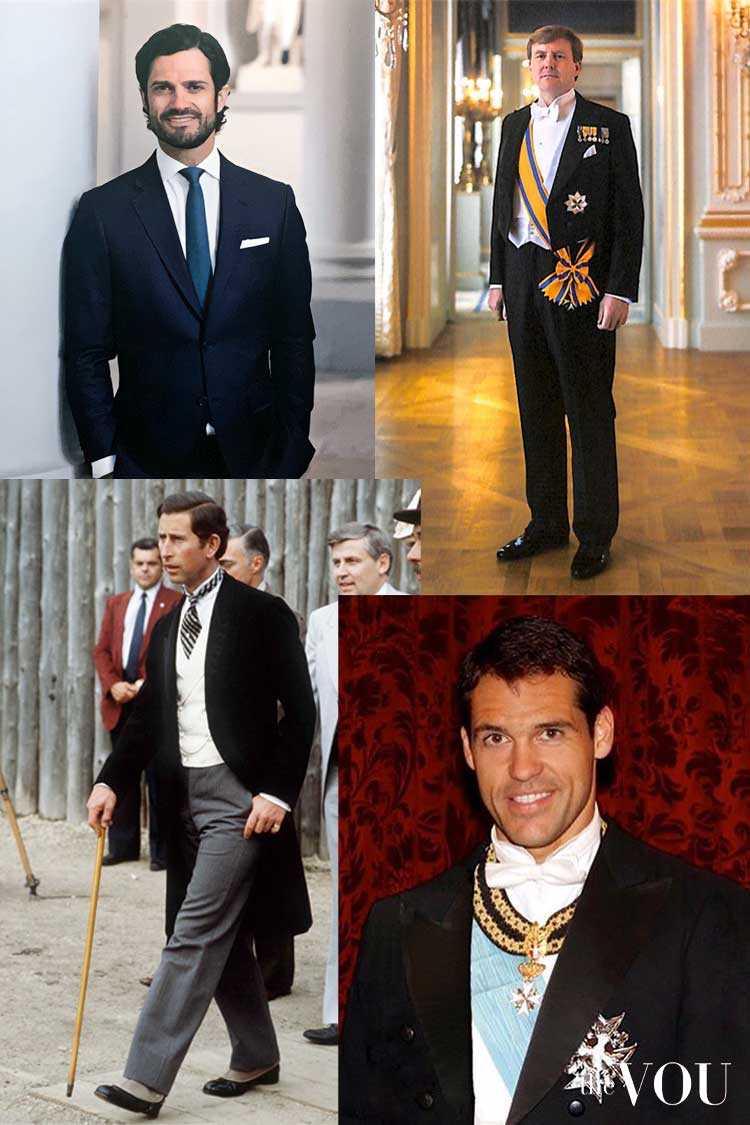
People who attempt to climb the social ladder try to hide their modest background, while others are just hopeless romantics who watch too much Downton Abbey.
No matter your disposition, here’s a word of warning: never lie about who you are, not because it is immoral, but because there is no greater faux pas in noble circles than trying to convince people that you are someone whom you are not.
Better to be a regular guy dressing particularly well than an insecure person with a fabricated history.
So without further delay, let’s look at Uber Elite’s main traits.
What is the British Aristocracy Style
The term ‘aristocrat,’ refers to the ruling class in Europe and Britain in the 19th and 20th centuries with hereditary rank and titles.
For much of history, men had their clothes made by tailors or women in their homes. Ready-made clothing was limited to slaves, miners, and sailors.
That was until the mid-19th century when ready-made clothes and shoes started coming out of the industrial revolution.
![]()
Aristocrats, however, continued to buy their clothes from bespoke tailors and shoemakers.
In England, it meant going to Savile Row for suits, sports coats, and trousers; Jermyn Street for shirts; and various West End shops for shoes.
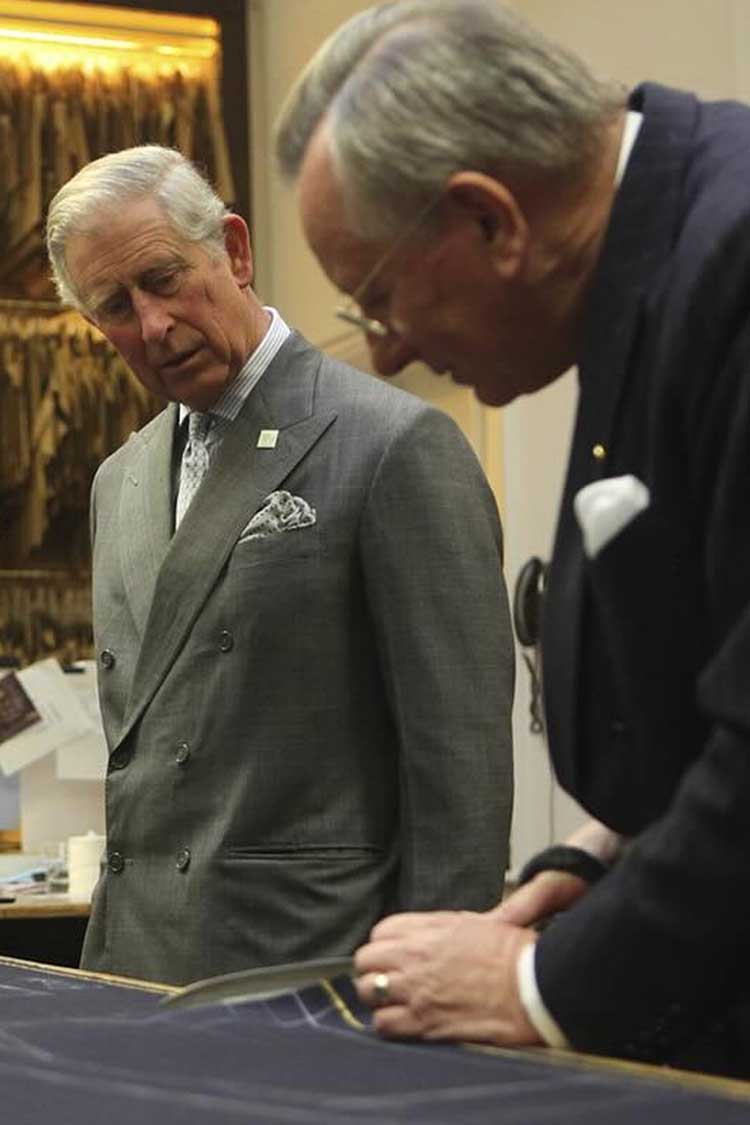
Men of this class had wardrobes divided between city and country. City (in this case, London) was where they did business in dark worsted suits and black oxfords.
Country (often Scotland) was where they pursued sports in tweeds and brown derbies.
This is where we get the phrase ‘no brown in town.’
While the rule wasn’t ironclad strict, it was a generally good guideline for understanding the TPO (time, place, occasion) for clothes and how to combine things to form an outfit.
This is bc the form followed function.
Here are two different examples of the British Aristocracy style.
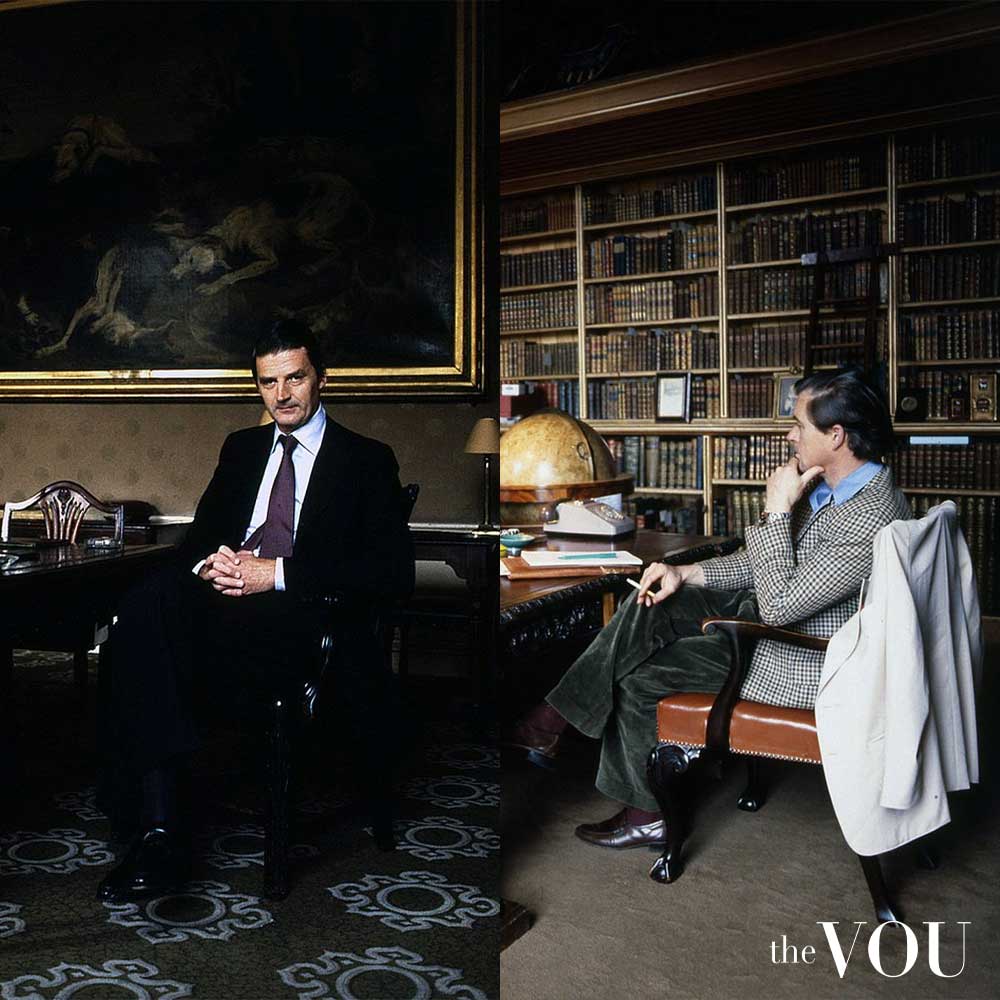
On the left, James Hamilton, 5th Duke of Abercorn, wearing a navy suit with a white shirt, silk tie, and a pair of black calfskin shoes.
Everything here screams business: fine worsted wool, silk, navy, white, almost all in black.
By contrast, on the right, Ian Campbell, 12th Duke of Argyll is wearing more casual attire such as a brown checked tweed sport coat, corduroy trousers, light blue shirt, and brown loafers.
Everything there shouts countryside: checks, tweeds, corduroy, blue, green, and shades of brown.
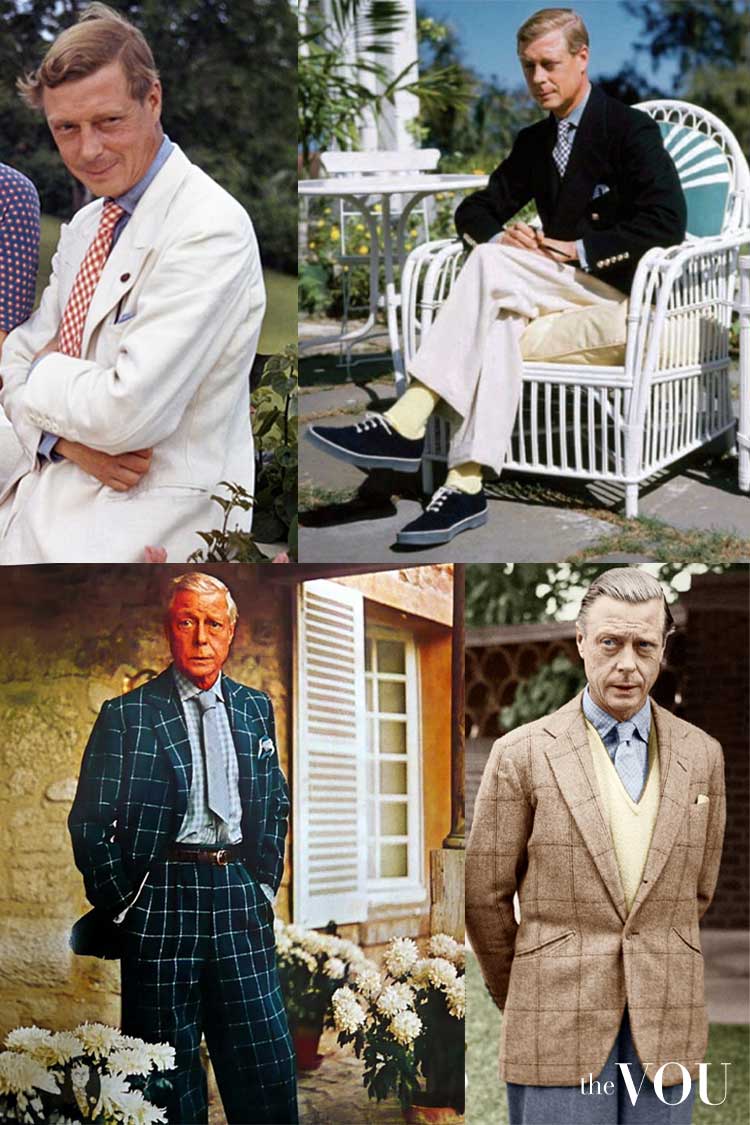
Both wear shirt collars with points that are long enough to tuck under the jacket’s lapels.
100+ years after the Duke of Windsor’s fashion style we see the look still reigning supreme with other European royals as well.
British Aristocracy Style Icons
- Edward VIII, Duke of Windsor
- Prince Philip, Duke of Edinburgh
- King Charles III, King of the United Kingdom
- Hugh FitzRoy, 11th Duke of Grafton
- James Hamilton, 5th Duke of Abercorn
- Ian Campbell, 12th Duke of Argyll
How to Dress Like a British Aristocrat
It’s a common error to think of so-called aristocrats (or old money types) as blue bloods who wear luxurious fabrics and strictly tailor-made clothes with impeccable cuts, including dandy-like accessories of silk, gold, and precious furs.
On the contrary, when referring to old family names that have prospered and endured for many generations, these perceptions are not exactly true.
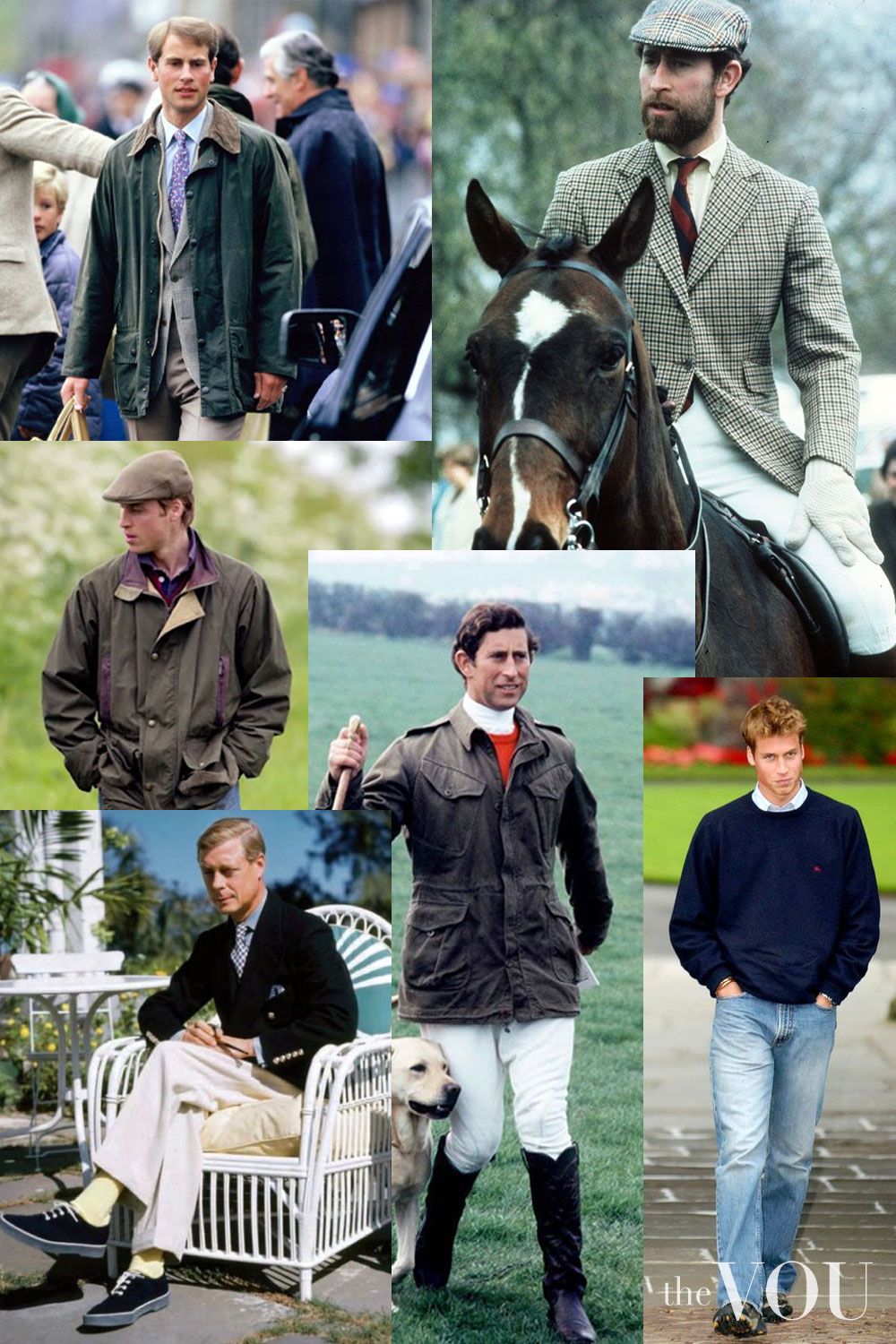
Yet, the old saying that a nobleman can recognise another of his species from across the other side of the room is indeed true, at least among the older generations.
Telltale signs can reveal that a person belongs to a member of a certain hereditary gentry, with one of the strongest clues being that of dress and general appearance.
Despite the presence of precise coding that can be easily spotted, unless you’ve been born to such a family or spent a lot of time among noble people, you probably won’t pay any attention to these codes that can easily reveal a so-called aristocrat.
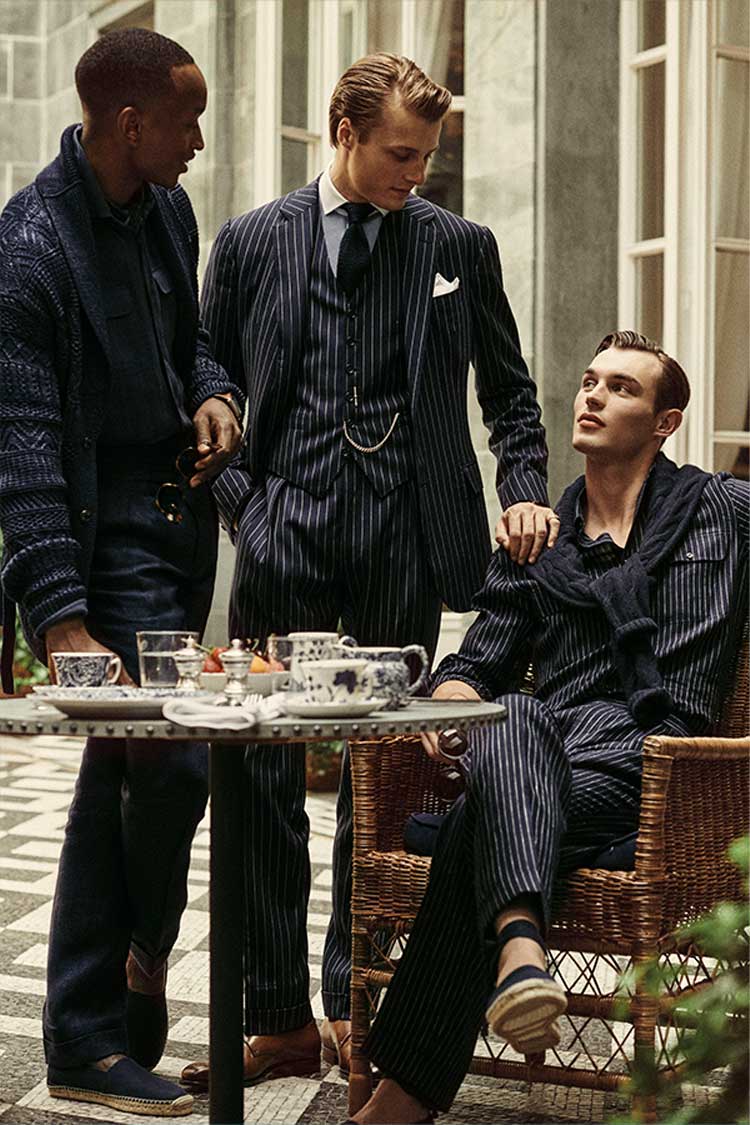
Such a specific group is like a large private club with tacit signals, mostly unrecognisable to someone who doesn’t know such codes.
I’d like to shed a little light on these untold observations (at least in the area of personal style) beginning with general principles and following with specific advice that you may or may not choose to adopt as your own.
Vintage is Gold
Shopping vintage is the easiest way to achieve the British aristocracy style. A fact that may be surprising for many is that quite a few noble families may be quite poor!
Yes, they might have lavish estates and beautiful old paintings hanging from the walls, but they may be quite short on cash, as taking care of manors can set anyone back by a fortune.
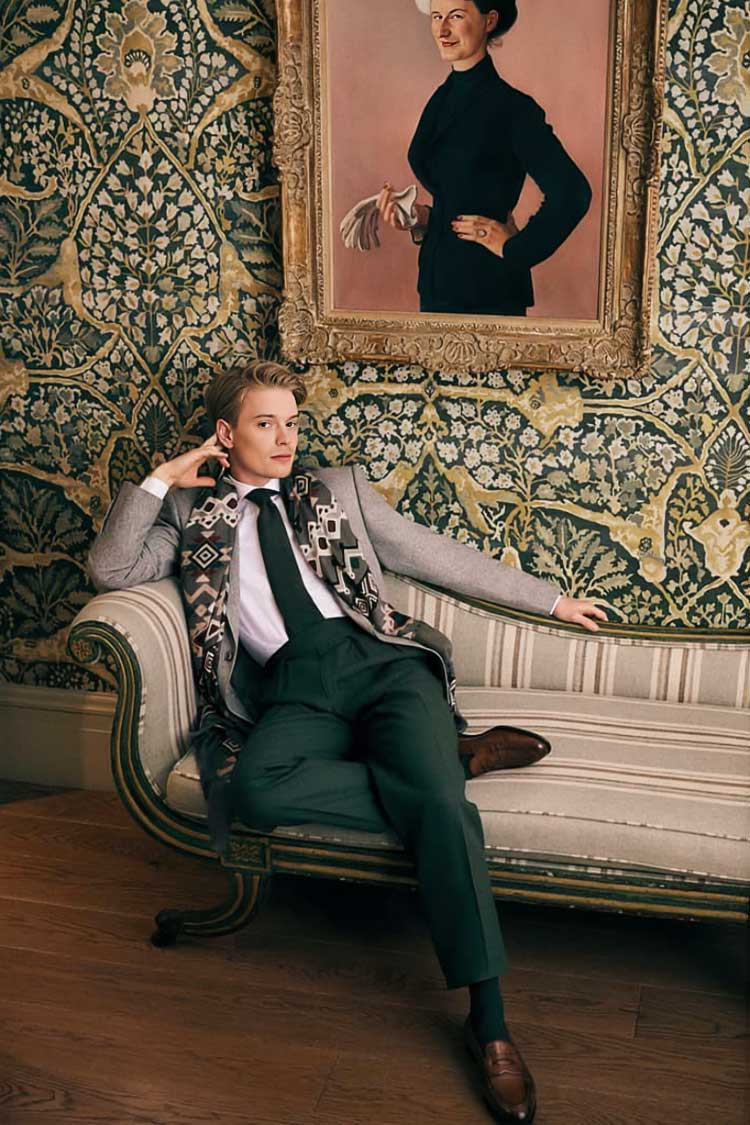
Therefore, whether full of money or struggling to make ends meet, as a matter of prudence, herein lies another reason why most noblemen have no interest in buying new clothes.
Even aristocrats full of money find it a bore to go shopping and clutter up their living areas with items that hold little to no meaning in their lives.
A phenomenon is thus created that we will refer to as “inverted snobbery”.
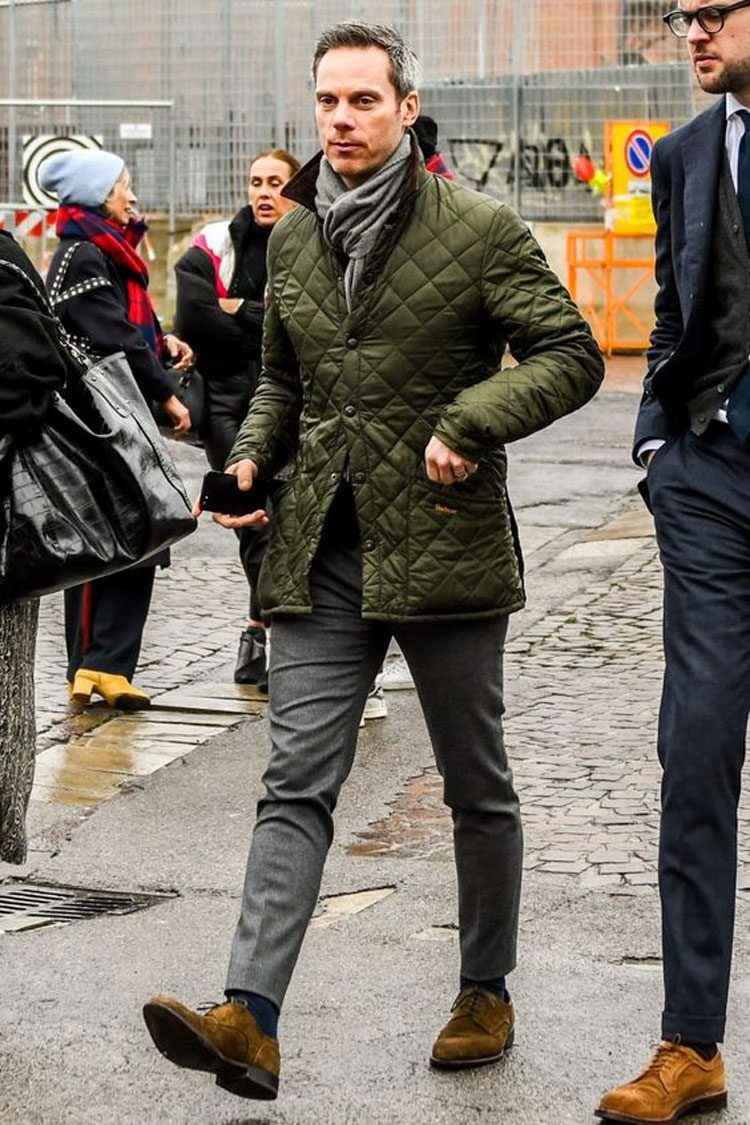
It’s acceptable (if not preferred) to show up at an event in a frayed suit that belonged to your father and has been repaired many times; in fact, there is a great amount of pride in that.
On the other hand, wearing a beautiful and expensive Armani suit is a surefire way to show that you aren’t even remotely part of “the society”.
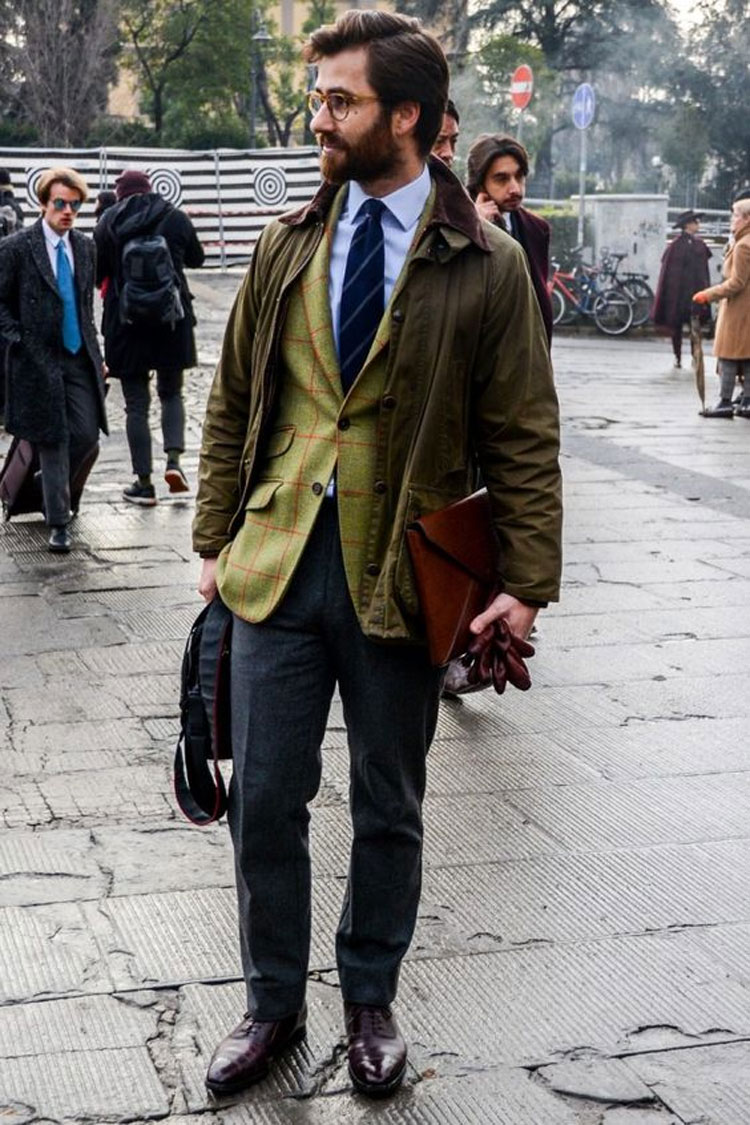
I remember a grand old duchess coming to a party in an old tweed jacket with a sleeve that was almost completely torn off and barely hung on by a thread!
Most of your clothes can be worn with the same attitude and what a great new approach to value your clothing by repairing and re-wearing items that hold a history and a story.
If you do buy new items, then buy the best that you can afford and wear them until they fall apart.
Prince Charles is regularly seen in the same suits and shoes that he wore when he was in his twenties.
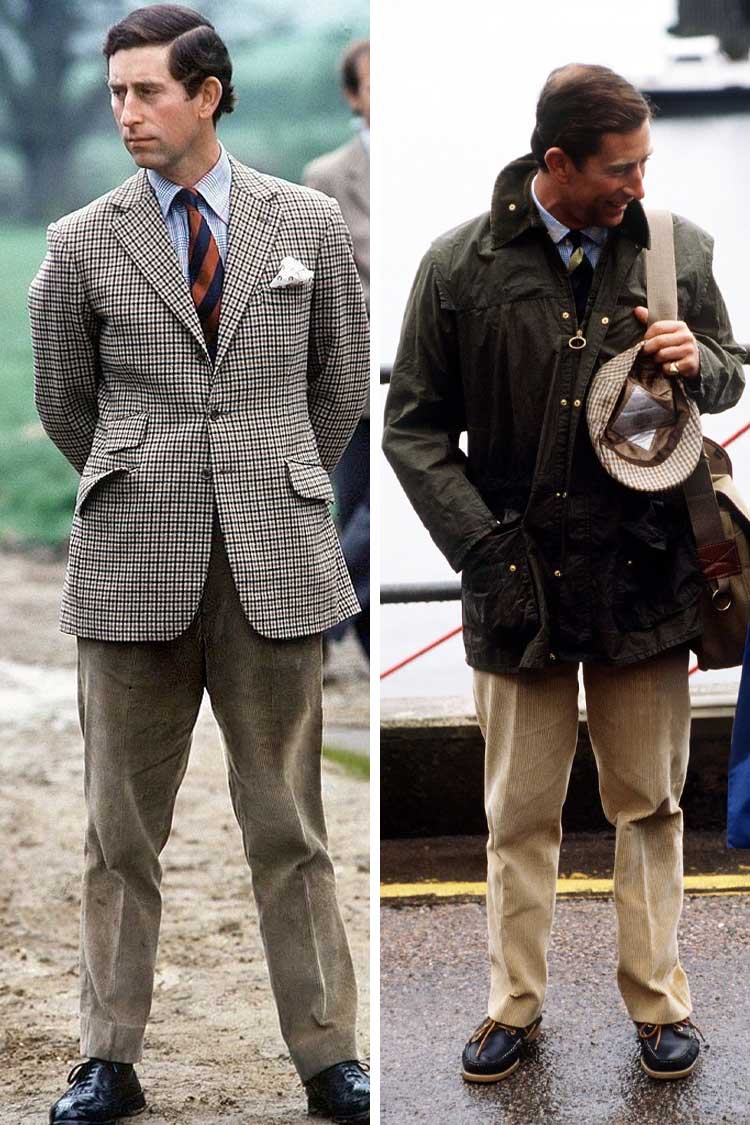
Forty years later, the same items may look worn in and even old-fashioned, but always proper and with a lot of flair.
Invest well and emulate this behaviour as a way to stretch your resources and elevate your presence.
Inherited Clothes
If you are an aristocrat, then there is a great chance that at least half of your wardrobe will consist of handed down, or inherited things.
Most likely, you come from a decent-sized family.
In such a family, usually, no one gives anything away, as personal items are considered to be well, personal (and there isn’t a shortage of closets in a castle).
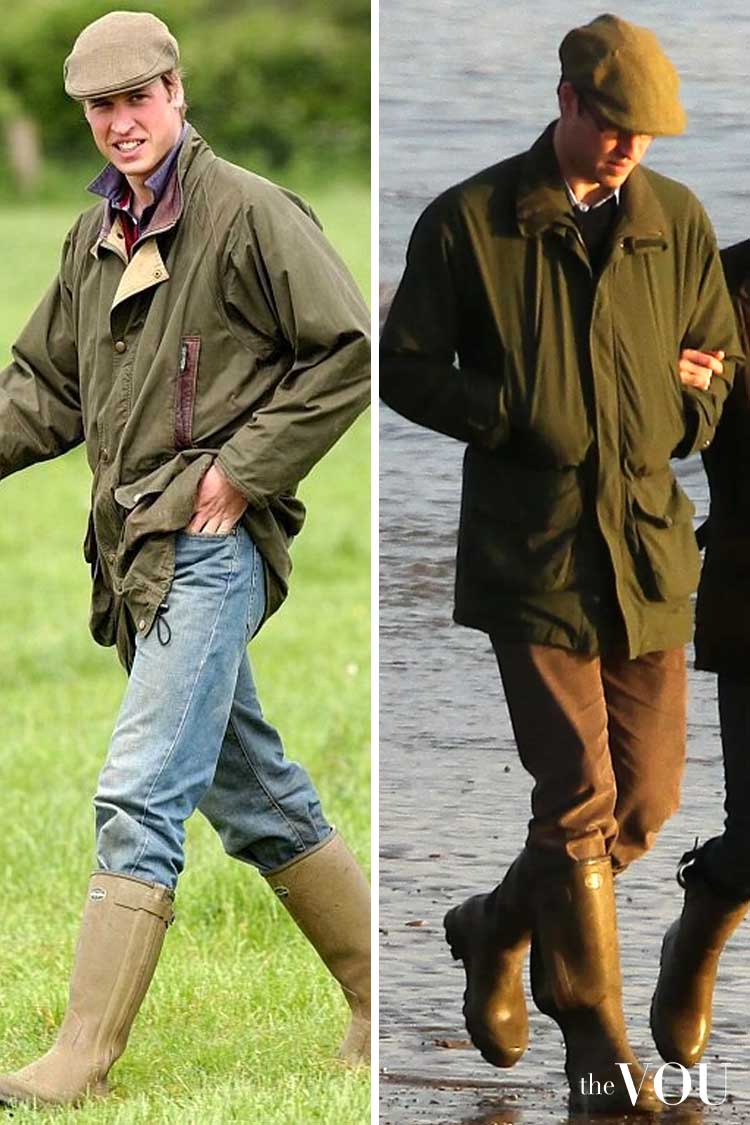
This point of reserving your belongings is quite useful if you are not particularly rich, especially since you may feel a sense of pride in wearing things that once belonged to someone special to you.
I remember a young Earl who wore an extremely ragged Barbour jacket that had somewhere around ten previous owners!
This same concept can be applied to suits, ties, shoes, and pretty much everything… except for underwear.
Natural Fibers Prime
When choosing your clothes, pay attention to the raw materials that make up the garments. Wearing nothing but natural fabrics is a given.
Think wool, cotton, leather, and maybe cashmere…nothing shiny and nothing artificial. Always ask yourself: was this material around a century ago? If the answer is no, then move on.
Always Cover Your Arms and Legs
Another rule is to cover your extremities and there’s no coincidence that you’ll never see a young aristocrat in a sleeveless vest or any man in his thirties or older wearing shorts.
Aristocrats seem to wear more clothes than other people.
Where a regular guy will enter a room wearing jeans and a t-shirt, an old-money man may enter the same room with similar jeans, but will also be wearing a long-sleeved shirt, with a blazer or sweater, and quite possibly a scarf.
Can you imagine your great-grandfather leaving the house in anything but a suit, no matter how hot outside?
Forget the Cliche Business Look
As you think back to the era of the power suit, images of the typical London or Wall Street man may come to mind.
This archetypical suit typically has similar dark shades of colour, a white shirt, and a solid-colour tie. Think Gordon Gekko, or in a more refined way, Barack Obama.
On the other hand, think about king Charles III wearing an old-fashioned, (double-breasted) suit in a medium to light colour, a patterned shirt, and a patterned tie.
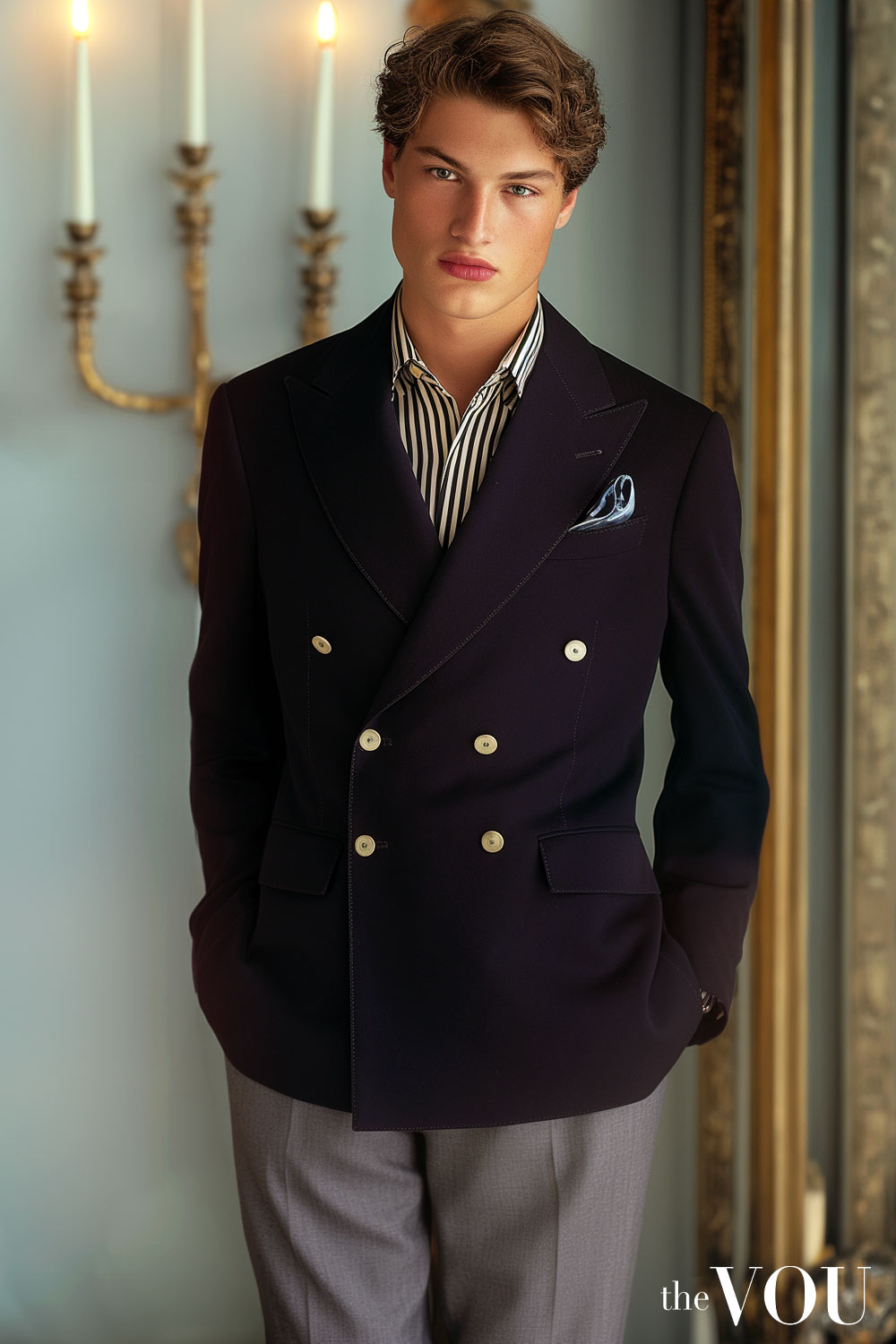
Forget about the city vibe and focus on what you might wear to a community church visit on a lovely Sunday afternoon.
Aristocrats can relate strongly to the mood of a community because they have been raised to develop an awareness of the conditions of other people, rather than focusing entirely on just themselves.
Patterns Are Critical
Other than at a funeral, there are only isolated times that you will see an aristocrat wearing a plain-coloured shirt and a solid colour jacket and tie.
More times than not, he will wear some cords or flannel trousers, an odd jacket, a shirt with a subtle pattern (as in an oxford or small stripes), and a diagonally striped or paisley tie.
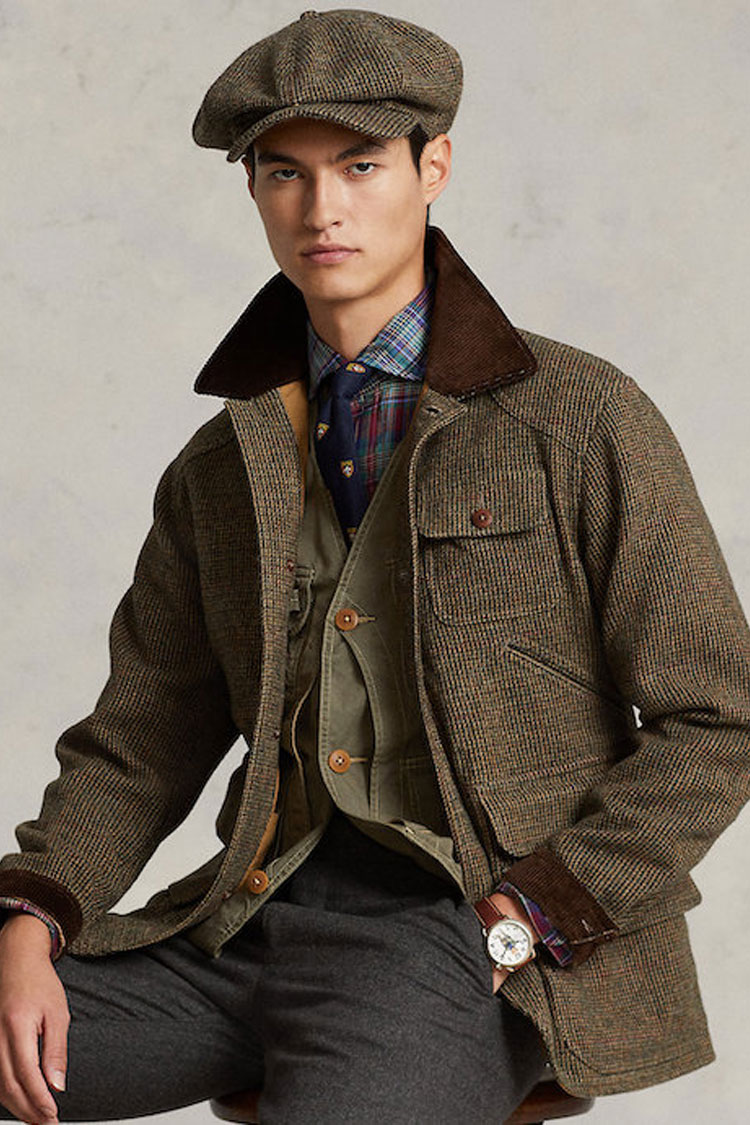
Even wearing highly rakish clothes can backfire, causing a person to appear as if he is trying too hard.
Rakish dressing that is exaggerated and becomes an obsessive lifetime pursuit comprises a different small population of anti-establishment men (often quite poor as they spend all their money on clothes and accessories) referred to as dandies—a completely different subject that is not addressed here.
Suit Design and Cut is Important
As always, nothing flashy or too courageous. No double-breasted waistcoats or 1990s-style super-skinny lapels on jackets.
Imagine a cut that your grandfather would have chosen, and try a similar style.
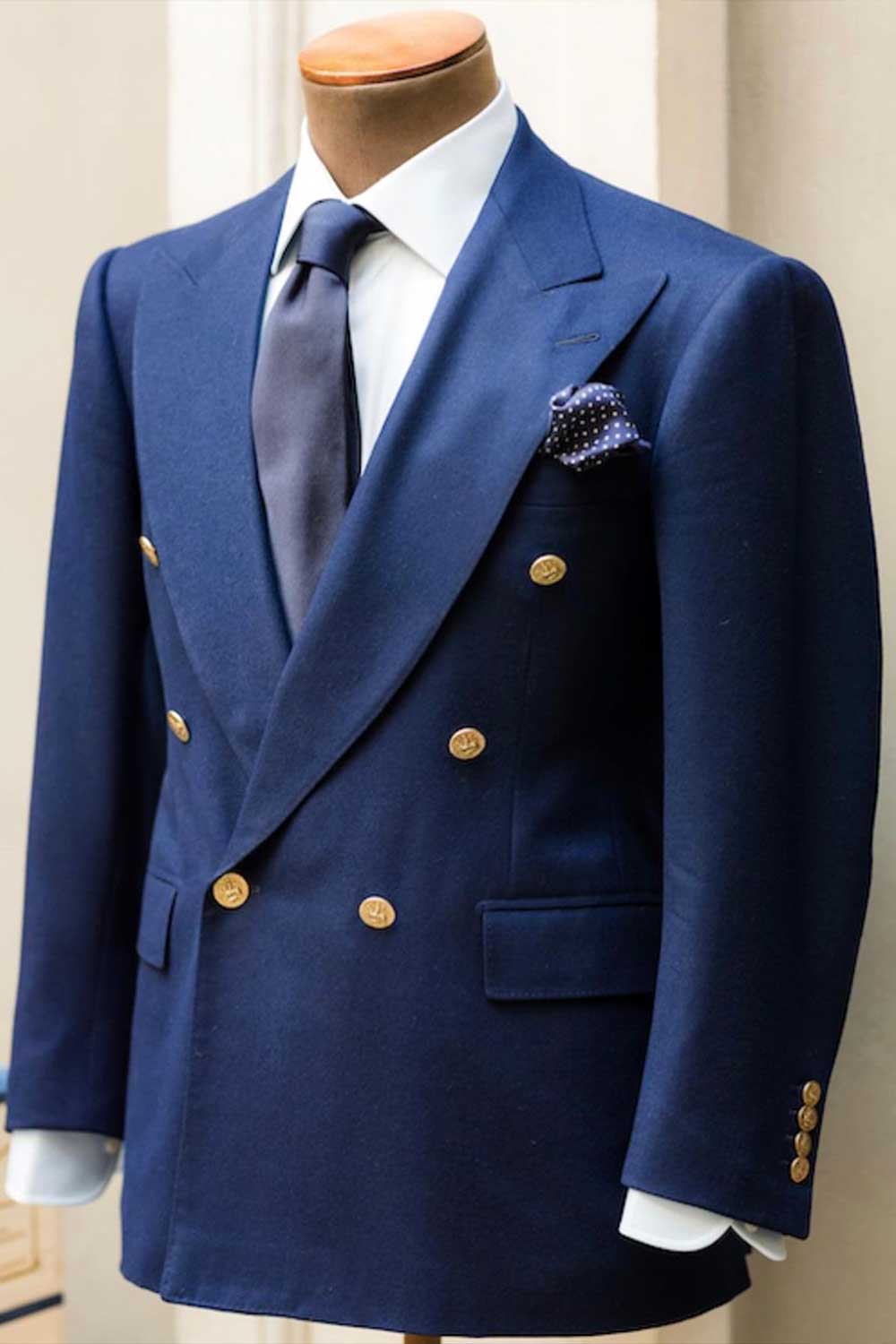
It may feel a little boring at first, but special touches like a vintage watch, leather shoes with an old natural patina, a hand-sewn pocket square/handkerchief, or a vintage signet ring can bring your personal message to life.
Choose Fabric Designs That Reflect the Past
Look at some pre-war movies. Most of the men wore grey or dark suits with small patterns when in the city and tweeds in brown or dark green when in the country.
Men also wore much heavier and rougher fabrics than are common now. Many good fabric makers have vintage lines, which emulate these same types of fabrics.
Always Wear Quality Shoes With a Little History
As always, old is good. Forget about pointy toes, angular toes, or anything too fashionable. Choose some black oxfords for the city and some brown brogues for the country.
Simple brogue boots are always good, especially if you are younger. Think of established styles like that of John Lobb that have been around for decades.
No matter how old these shoes are and how often they have been resolved, always wear them especially well-polished and buffed.
Polishing your shoes should become a ritual that you look forward to doing as a form of rejuvenating meditation.
Have Wardrobe Staples
Gentlemen of privileged descent have a few good suits, usually a gray or tempered blue conservative single-breasted suit and a least one double-breasted suit.
A good suit is made by a tailor, or if you can’t afford it, is bought off-the-rack from a reputable source, and then altered to fit well.
These few suits can be worn for decades if they are made with decent fabric and fit the body correctly.
Add to these suits two odd jackets in herringbone tweed or brown country tweed (or something similar), along with a few pairs of trousers in chinos or cords, and an entire wardrobe is on its way to being built!
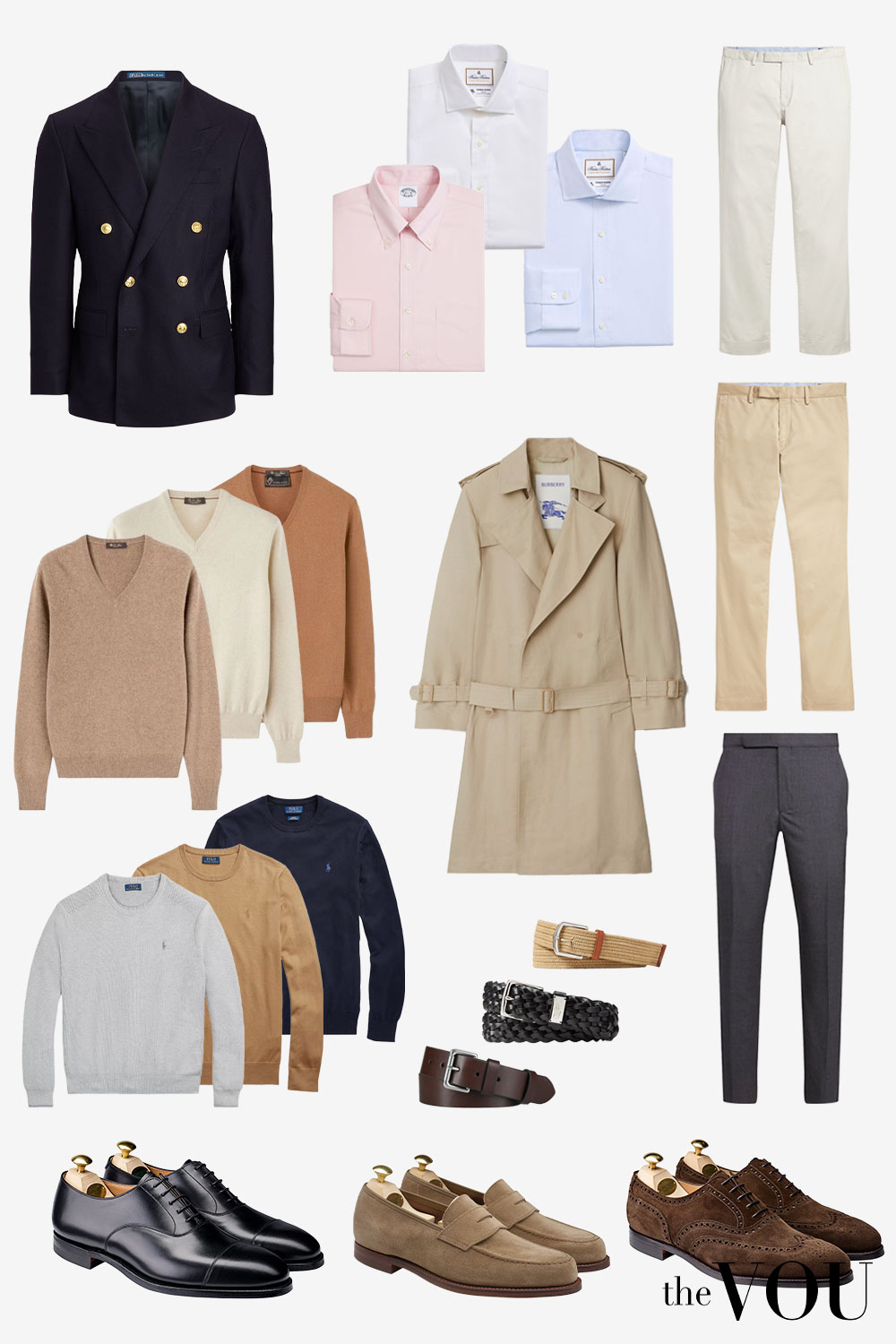
Also note that it is common to wear colourful pants with blazers, with bright red or bright green trousers being quite usual.
A few shirts in white and light blue for formal occasions and a few others in decent patterns work well with diagonal-striped and simple patterned ties.
T-shirts are perceived to be worn only by workers who need to remove their button-down shirts at some point or need to stay warm when working outside.
To take it further, oxford shirts are worn on the weekends, and pullovers during the winter in colour like bottle green, dark red, or brown—always in pure wool or cashmere.
V-necks are preferred, generally with no obvious logos.
There’s not too much worry about owning a large array of ties. I knew an old Earl who only wore a black tie, day in and day out and he always looked perfectly proper.
Ties from a family member (even a 1960s paisley tie) look great when combined with conservative suits.
As for pocket squares, a plain white square works with everything. No need to fold anything too strictly.
Just place the pocket square in the chest pocket in any random way and forget about it. It’s only a handkerchief, after all.
Key Accessories
Many aristocrats wear family crest pinky rings, but if you are not an aristocrat, you should not wear one as it is considered pretentious.
The only jewellery typically worn is a wedding ring and perhaps a subtle timepiece—never a flashy watch.
Also, a straightforward accessory like a leather bracelet or a polished watch that once belonged to your grandfather from the 1940s is a beautiful touch, as are secondhand watches from good brands, such as Omega or IWC.
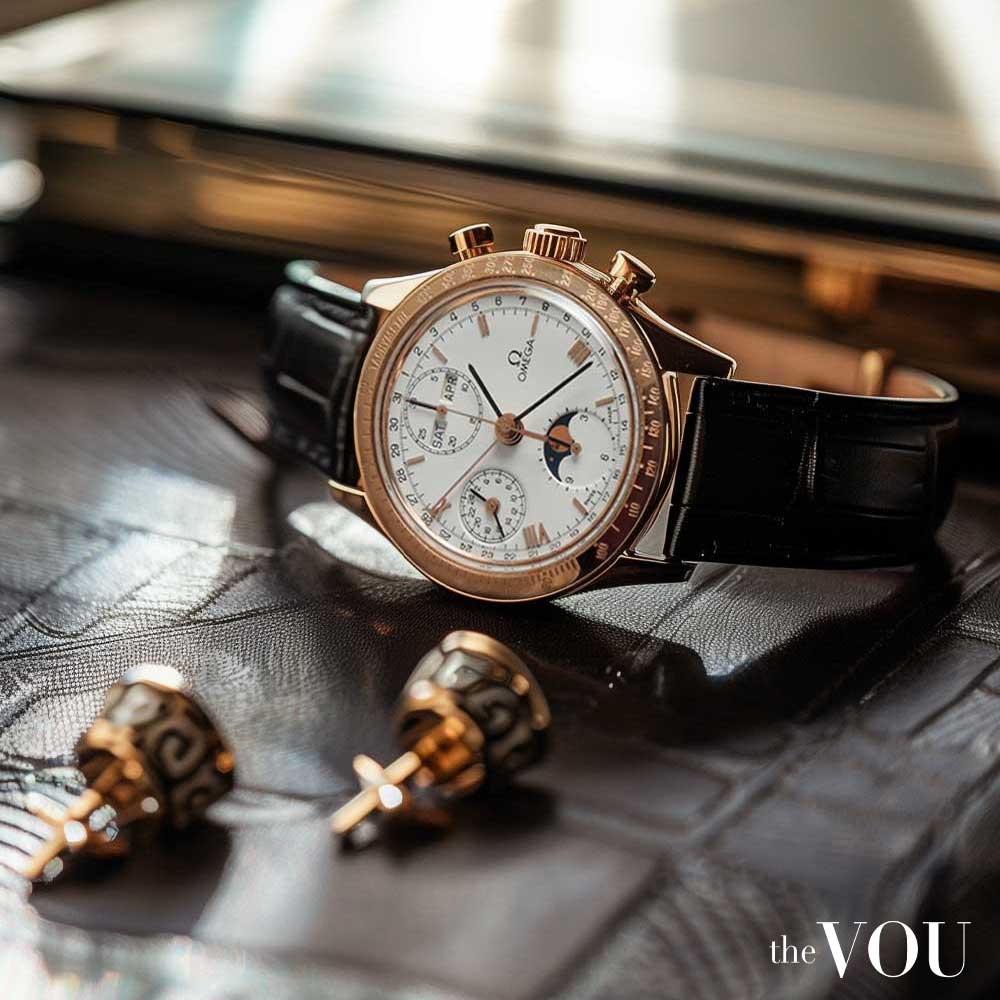
These items don’t cost a fortune and are beautiful pieces that can be found in many shops. The same goes for cufflinks.
Antique stores will often have the simplest golden or silver cufflinks that add to, instead of distracting from, your shirt cuffs.
Finally, a historical fact about ties. Remember that traditional British dress was governed by time, place, and occasion (this was the distinction between city and country).
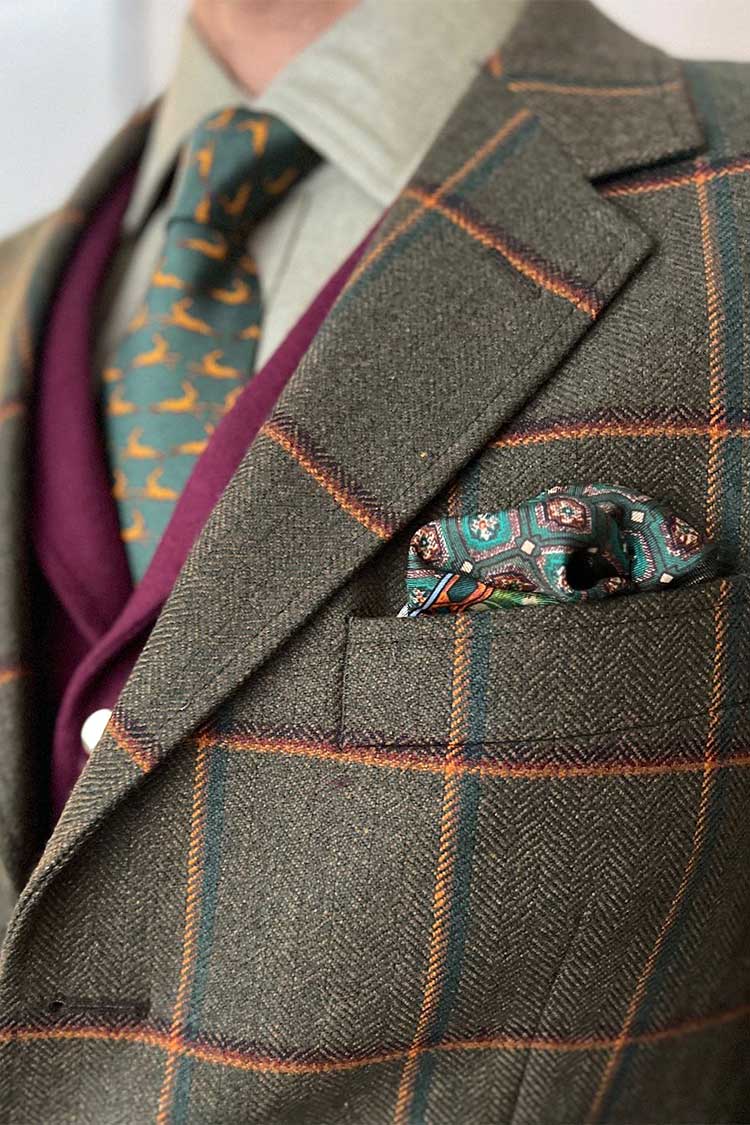
Regimental striped ties were also a sign of belonging to some organisation, like school or the military.
This is a sensitive thing in the UK; the tie below signals that the wearer is part of The Rifles, an infantry regiment of the British Army and you should not wear it unless you are a member.
Not wanting to be accused of stealing valour, Brooks Brothers introduced the American regimental stripe in 1902, which reversed the British “heart to sword” stripe direction.
Notice the US stripes running in the other direction below. This is Brooks Bros No. 1 and 2 Rep ties
Grooming Tips
The conservative approach rules. Long hair is highly unusual for a man, as is a very short crew cut (unless you are balding).
Wearing hair mid-length and side-parted is usually preferred.
Going to fancy hair salons is not necessary since visiting the old local barber will work fabulously.
Heavy styling and the use of pomades have no function, but looking proper is important, without exploiting the act of the grooming process.
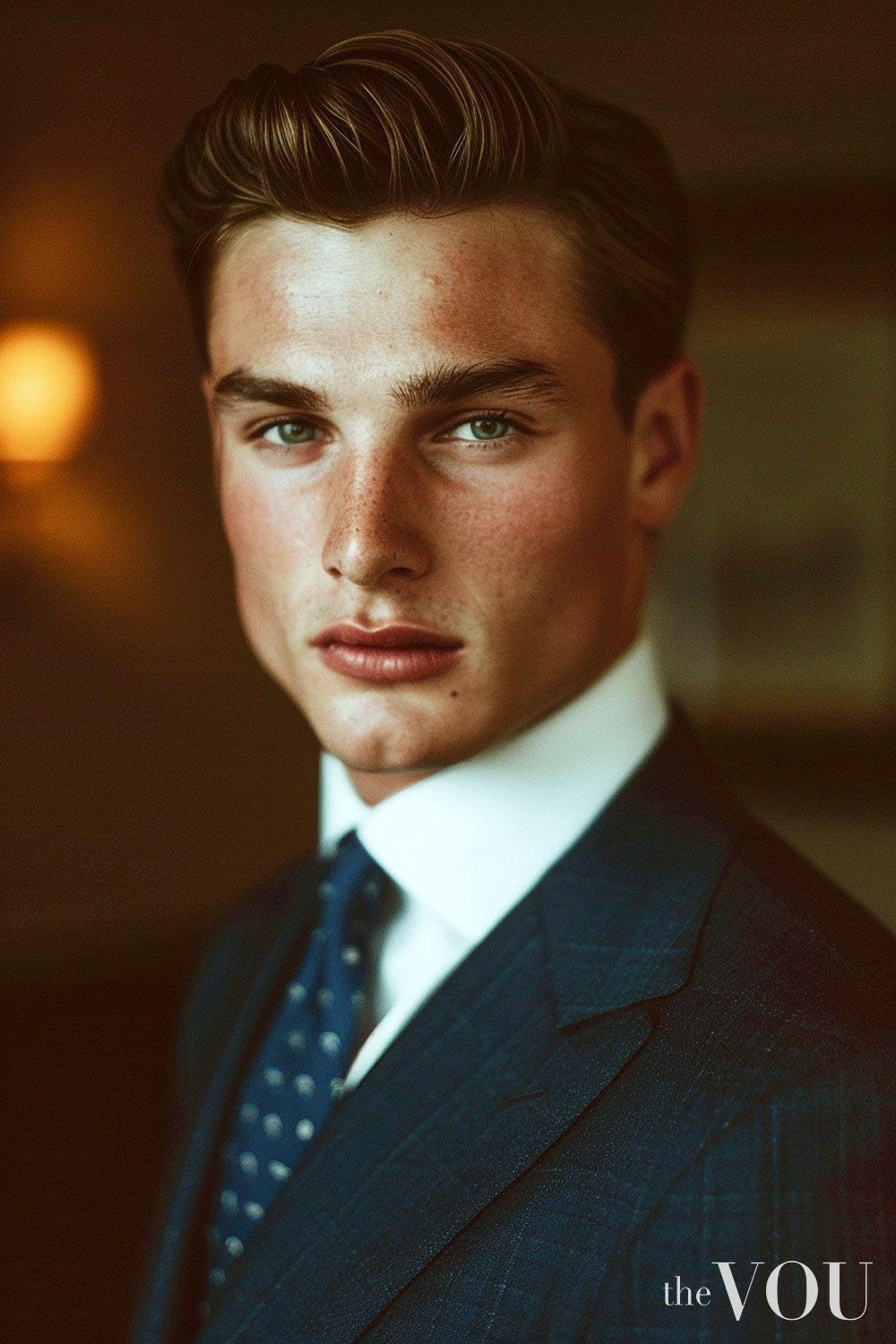
Slightly disheveled hair is sometimes desired, and dyeing the hair is considered to be ridiculous for a man, and is even considered to be vain.
Going for a good shave is important. Beards are groomed to a tee but with no sharp edges. Think Prince Michael of Kent or Hemingway, not Kanye West.
A goatee is unacceptable, as is a mustache—unless you are an older gentleman.
One key point—great attention to hygiene is a must, such as clipped nails and the absence of nasal hair. Avoid wearing too much perfume (almost none is best).
A very mild after-shave is sometimes used as part of the shaving ritual.
The Attitude is Important
The first rule is not to over-focus on what you wear. Strange isn’t it–given that you are reading about presenting yourself well in a text that focuses on ways to dress?
But let me explain! Imagine you grew up in a very established noble family and that your father is a Lord, as were members of the 12 generations of his ancestors.
You are a Lord as well—and some of your children, as well as their children, will hold the same title.
Your identity is given. You don’t have to define yourself by how you look.
Even when dressed in old, torn clothes, you still know who you are and that other people will respect you because of your name and pedigree.
There’s simply no need to emphasise your presence with a flashy style.
This leads us to another rule: No. flashiness. ever.
Forget about fashion. Totally. You have no interest in wearing what some designer thinks is cool or sporting accessories with high fashion symbols on them.
You wear what you are supposed to wear, which is exactly what your father or your grandfather wore when they were your age.
You will never see any member of a “good family“ in anything remotely fashionable. Most of the time, their clothes are mainly non-descriptive (i.e., classic, safe, and all too often, quite old-fashioned).
Designer logos are not even considered. As one blue blood saying goes, “wearing crests of other people belongs to the footmen”; so, no matter how expensive your clothes are, the quality of the materials you wear should speak for itself, with brand logos completely eschewed.
“Trust not the heart of that man for whom old clothes are not venerable.”
Thomas Carlyle.
Pull it All Together
Take careful account of what the people that you admire wear, how they match shirts and ties, how they style their hair, and especially how they behave.
Choose a role model study him and adopt the aspects that you like. This practice will help you more than reading a thousand blog posts.
Deciding to pursue a noble path is an amazing and natural journey that will help you become the man that you want to be.
No need to rush, only to progress. Own your specific and unique story —- it is yours alone.
But never feel like you are not entitled to let your inner nobleman emerge in full: if it is your desire, then you can make it happen.
Take the First Step With The VOU’s Styling Quizzes
Start your style journey with our free resources. First, take our Face Shape Quiz to confirm your face shape and receive initial styling guidance.
Then, discover your most flattering colours with our Seasonal Colour Analysis Quiz.
Learn which garment styles suit you best through our Body Shape Quiz, and find your ideal personal style with our Fashion Style Quiz.
Transform Your Image with The VOU’s Professional Guidance
For comprehensive image development that goes beyond hat selection, The VOU offers expert styling services to ensure your complete look projects success and sophistication.
Our Professional Face Shape Analysis package provides you with a scientific analysis of your exact face shape, personalised hairstyle recommendations, customised facial hair styling guide, expert eyewear selection guidance, and detailed grooming recommendations tailored to your unique features.
For the most comprehensive transformation, consider our Complete Image Transformation Package.
This premium service includes our Professional Face Shape Analysis, Seasonal Colour Analysis, Body Shape Analysis, Fashion Style Analysis, Wardrobe Curation Guide, and Personal Brand Development.
Through this complete package, you’ll develop a cohesive style that communicates success and sophistication across all aspects of your appearance.
With over twenty years of front-row fashion and styling events, collabs with haute-couture houses, and a PhD in Luxury Fashion, Laurenti is an expert in crafting personalised looks that depict old-money sophistication.
With years of expertise in high-end fashion collabs and a PhD in Sustainable Fashion, Ru specialises in eco-luxe wardrobes for the modern gentleman seeking understated refinement.


